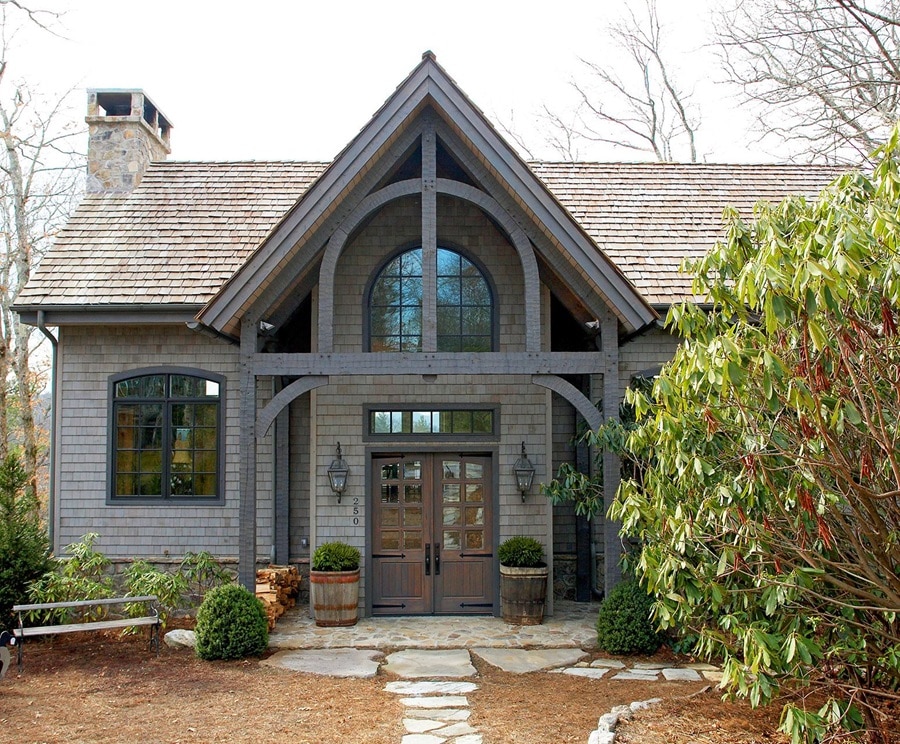The silent yet pervasive danger lurking in many old homes comes in the form of an unassuming culprit: lead pipes. Predominantly used in the past due to their durability and malleability, these pipes now pose a significant public health threat. With a focus on the historical context, health risks, and identification methods, this article delves into the troubling impact of lead pipes still present in many older residences. Understanding the extent of this issue is crucial, not only for homeowners but also for the wider community in terms of both health and safety.
Contents
- 1 The History of Lead in Plumbing
- 2 Health Risks Associated with Lead Exposure
- 3 Identifying Lead Pipes in Your Home
- 4 Legal Regulations and Compliance
- 5 The Cost of Replacing Lead Pipes
- 6 Mitigating Risks Without Full Replacement
- 7 Case Studies: The Impact of Ignoring Lead Pipes
- 8 Future Outlook and Preventive Measures
- 9 Toward a Lead-Free Future
The History of Lead in Plumbing
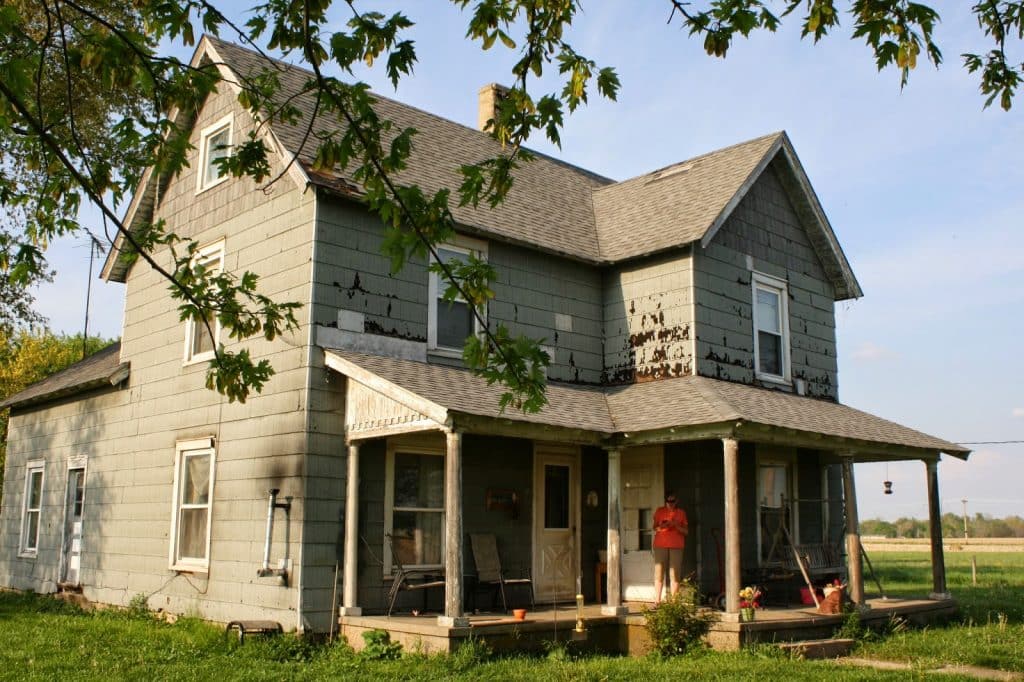
Lead has been a staple in plumbing for centuries, prized for its ease of use and resilience. It was the material of choice for plumbing in ancient civilizations, and this trend continued well into the modern era. The peak of lead use in home construction spanned several decades, with countless homes across the globe being fitted with these pipes. However, the seemingly ideal choice of lead concealed a hazardous reality, as its toxic nature was gradually uncovered over time. This historical perspective sets the stage for understanding the gravity of the problem faced by many older homes today.
Health Risks Associated with Lead Exposure
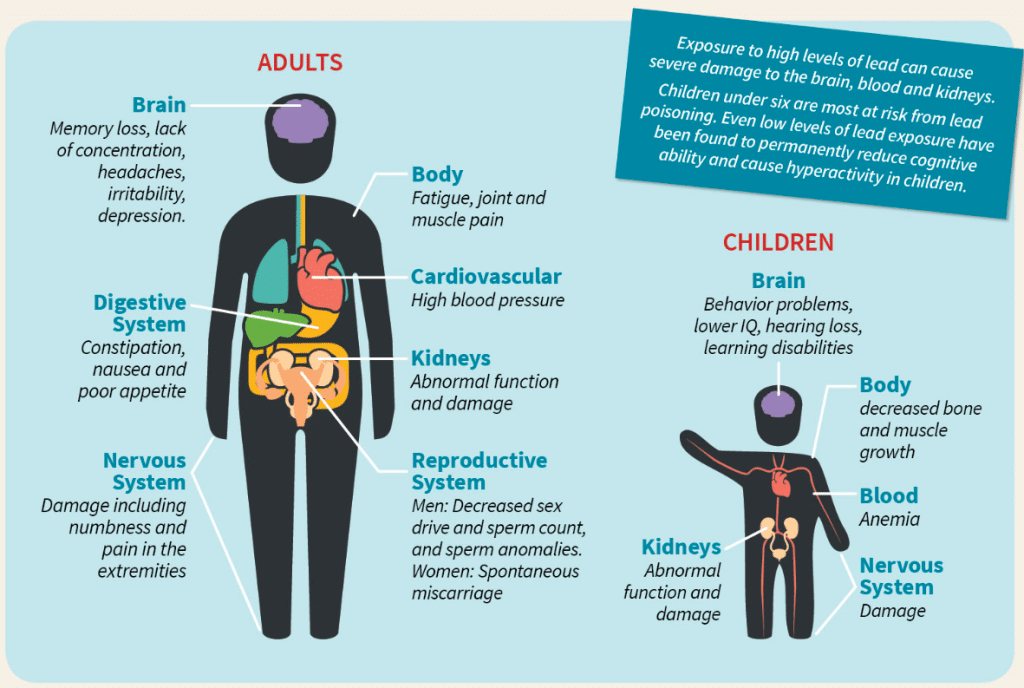
The insidious nature of lead lies in its profound health impacts, which often manifest subtly but have long-term consequences. Lead exposure, particularly in children, can lead to developmental delays, learning difficulties, and behavioral issues. In adults, prolonged exposure can result in hypertension, kidney damage, and reproductive problems. The World Health Organization and various studies have underlined the absence of a safe lead exposure level, emphasizing the urgent need for addressing this issue in residential settings. These health risks form the core argument for the immediate addressing and remediation of lead pipes in homes.
Identifying Lead Pipes in Your Home
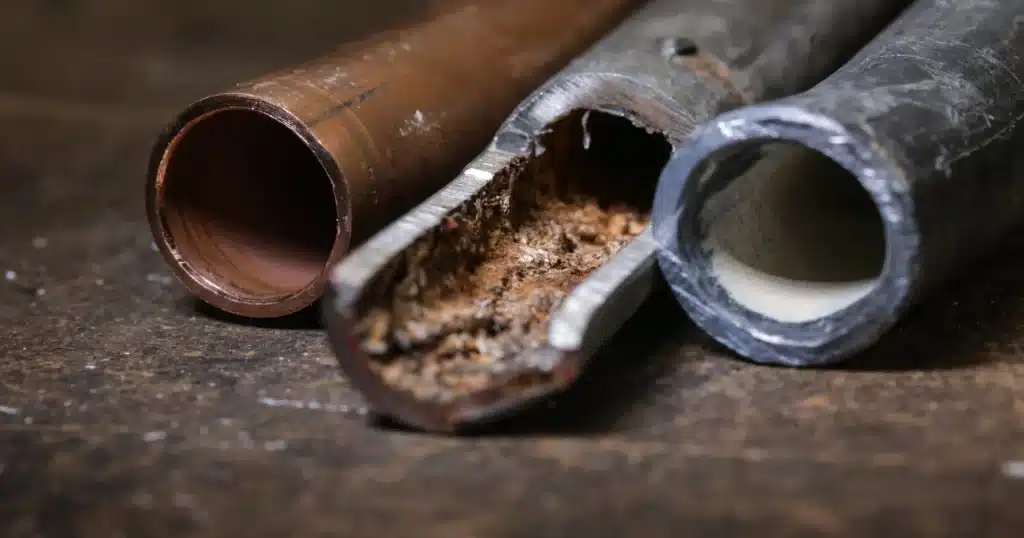
For homeowners, the first step in tackling this issue is identifying the presence of lead pipes. Lead pipes are often dull gray, and a simple scratch test can reveal their characteristic shiny, silver-colored metal underneath. They are most commonly found in homes built before the 1980s. However, distinguishing them from other pipes, such as galvanized steel, requires a keen eye and sometimes professional assessment. This section aims to empower homeowners with the knowledge to identify lead pipes and understand the urgency of their replacement or management.
Legal Regulations and Compliance

The legal landscape surrounding the use of lead pipes in residential properties has evolved significantly over the years. In many countries, laws now mandate the removal or replacement of lead pipes, particularly in properties housing vulnerable populations like children and the elderly. These regulations are not only a response to the growing awareness of lead’s health risks but also a proactive measure to prevent future lead poisoning incidents. Homeowners and landlords must be aware of these regulations, as non-compliance can result in substantial fines and legal repercussions, reflecting the seriousness with which this issue is now regarded.
Furthermore, compliance with these laws is not just a legal obligation but a moral one, considering the health implications involved. In some regions, recent legislation has introduced more stringent measures, requiring property owners to conduct regular inspections and replace lead-containing fixtures. This shift towards more proactive legislation underscores the importance of staying informed and adhering to current standards. It’s essential for property owners to consult local regulations and possibly seek legal advice to ensure full compliance and safeguard the health of occupants.
The Cost of Replacing Lead Pipes

The financial aspect of replacing lead pipes is a significant concern for many homeowners. The cost can vary widely depending on factors such as the size of the property, the extent of the lead piping, and the complexity of the replacement work. While the investment can be substantial, it’s crucial to weigh this against the long-term health benefits and increased property value. In some cases, government grants, subsidies, or financial aid programs may be available to assist homeowners with the costs, especially in areas where lead contamination is a well-recognized issue.
Despite the potential for high costs, the investment in replacing lead pipes is one that yields long-term benefits. Not only does it ensure a safer living environment, but it also contributes to the overall public health effort to eradicate lead poisoning. Homeowners should explore all available financial assistance options and consider phased replacements if immediate comprehensive replacement is not feasible. Being proactive in seeking quotes and understanding the full scope of the work involved is essential in managing this critical home improvement.
Mitigating Risks Without Full Replacement
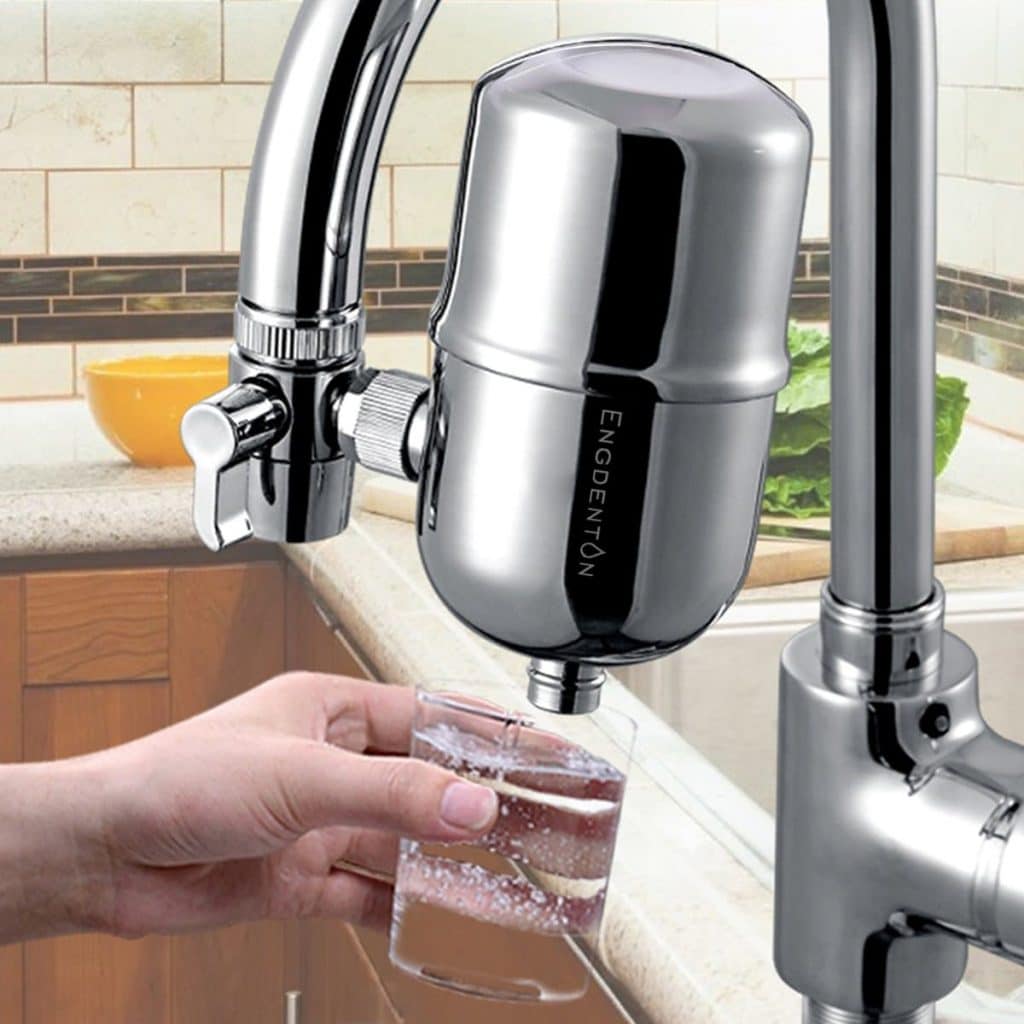
For homeowners unable to immediately replace lead pipes, there are interim measures to mitigate the risks. One effective short-term solution is the use of certified water filters specifically designed to remove lead. These can be installed on faucets or as part of the home’s main water system. Additionally, regularly flushing pipes by running cold water for a few minutes before use can help reduce lead concentration in the water. These methods, while not permanent solutions, can significantly reduce lead exposure.
Regular testing of water for lead content is another crucial step in risk mitigation. Homeowners should have their water tested by certified professionals to determine the lead levels and the effectiveness of any interim measures in place. This testing is particularly important for households with young children or pregnant women, where the risks of lead exposure are heightened. Educating oneself about the various methods of reducing lead exposure and remaining vigilant about water quality is an essential part of managing the risks associated with lead pipes until they can be fully replaced.
Case Studies: The Impact of Ignoring Lead Pipes

The perils of neglecting the issue of lead pipes are starkly illustrated through various case studies and real-life incidents. One notable example is the Flint, Michigan water crisis, where cost-cutting measures led to tainted drinking water, exposing thousands of residents to high levels of lead. This incident not only highlighted the immediate health impacts, such as lead poisoning in children, but also unveiled the broader systemic issues related to water infrastructure and public health safety. These case studies serve as a grim reminder of the consequences of inaction and the need for vigilance and proactive measures in dealing with lead pipes.
Another aspect illuminated by these case studies is the socio-economic dimension of the lead pipe problem. Often, the most affected are those in economically disadvantaged communities, where resources for pipe replacement and health interventions are scarce. The long-term societal costs, including healthcare expenses and loss of productivity due to health issues, underscore the need for comprehensive strategies that address both the technical and social aspects of lead pipe replacement. These real-world examples provide critical lessons in the importance of prioritizing public health and the role of policy in safeguarding communities.
Future Outlook and Preventive Measures
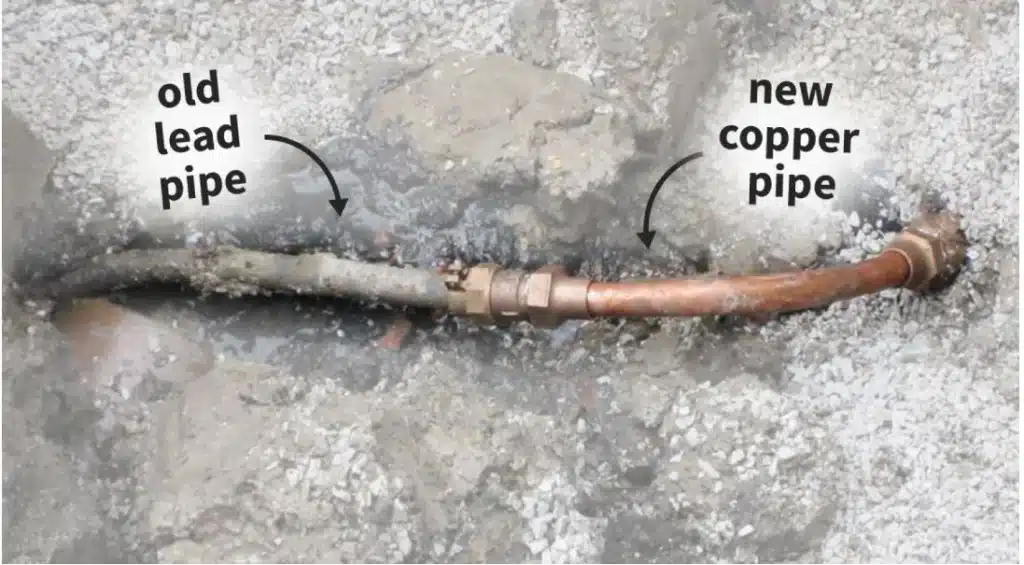
Looking toward the future, there is a growing momentum in both policy and technology to address the challenge of lead pipes in homes. Advances in plumbing technology and increased funding for infrastructure upgrades are paving the way for more efficient and affordable pipe replacement solutions. Governments and environmental agencies are also stepping up their efforts with more stringent regulations and greater public awareness campaigns. This forward-looking perspective offers hope and guidance for a future where the health risks associated with lead pipes are significantly diminished.
Preventive measures are also gaining traction, with an emphasis on early detection and regular maintenance to avoid the pitfalls of lead contamination. Educational programs aimed at homeowners, coupled with incentives for early pipe replacement, are part of a multi-faceted approach to tackle this issue. Community-level initiatives, such as collective funding schemes and local government support, are crucial in making pipe replacement more accessible and feasible. By fostering a proactive and preventive mindset, these measures aim to not only address existing lead pipe issues but also to prevent similar problems in new constructions, ensuring safer homes for future generations.
Toward a Lead-Free Future
The enduring challenge posed by lead pipes in older homes demands both awareness and action. From understanding the historical context to recognizing the severe health risks and from navigating legal complexities to exploring financial and interim mitigation strategies, this issue encompasses a broad spectrum of concerns. The lessons learned from past crises and the proactive steps being taken for the future highlight the importance of collective responsibility. It’s imperative that homeowners, communities, and policymakers work together towards the common goal of a lead-free living environment, ensuring safety and health for current and future generations.


